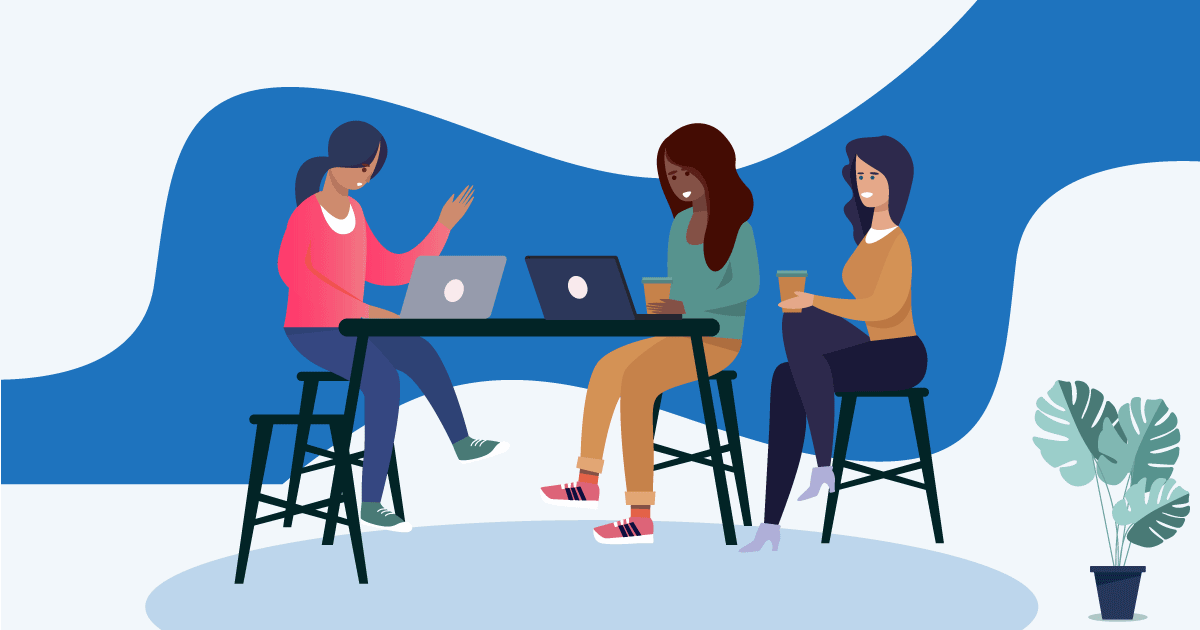
Photo credit: iStockphoto.com (UnitoneVector)
Since the “Remote Revolution” ushered in by COVID—which proved that not only can work be successfully done remotely, but productivity can also go up because people value flexibility—there has been some controversy about what balance workplaces should strike between remote and in-office work.
Few people know more about this than Tsedal Neeley, Naylor Fitzhugh Professor of Business Administration and Senior Associate Dean for Faculty Development and Research at Harvard Business School.
Forbes recognizes her as one of the 50 Most Influential People in the Future of Work and Business Insider as one of the 100 People Transforming Businesses that Are Innovating, Sparking Trends, and Tackling Global Challenges. She focuses on how leaders can scale their organizations by developing and implementing global and digital strategies.
Her best-selling 2021 book, Remote Work Revolution: Succeeding from Anywhere, provides remote workers and leaders with the best practices necessary to perform at the highest levels in their organizations.
Here is her advice about determining who can continue working remotely, the trust required to make remote work successful, and why developing a digital mindset is critical:
The Decision on Who Should Be Able to Work Remotely
“There’s always this issue that keeps coming up for many companies that says, ‘Well, what about some of our employees who don’t have access to remote work because their jobs are tied to buildings?’”
Neeley says there are two things to think about here:
1. Fully understand what work can be done virtually and what work requires physical presence. COVID truly showed what we can do remotely- things we never imagined we would do.
She says, for example, Harvard University has about 90 libraries. When COVID hit, the tech team developed many new technologies, and librarians could work from home for a few years.
This is evidence that you can figure these things out. Once you understand what requires physical and virtual presence, you must do things like pooling and rotating to ensure everyone has access, democratizing this flexibility.
2. Ask critical questions about how people spend their time when they go into the office. When we use the office as a tool, we say when and how we use our physical or in-person space, collaboration, shoulder-to-shoulder work, and creativity when making tough decisions.
“So don’t just have people show up to stare at a screen all day,” she says. “People resent that. They show up, stare at a screen all day, and think, ‘I could be doing this at home without the commute and the $12 salad.’”
The Trust Required
According to Neeley, in this environment, we need to learn to develop two types of trust in our colleagues: trust that they are reliable and that they are competent.
“If you know those two things, you come in with trust and incomplete information, and collaboration can happen wonderfully,” she says.
The Necessity of Developing a Digital Mindset
“The most important thing to understand,” says Neeley, “is that as COVID accelerated the virtualization of work, it also accelerated the digital transformation of work. So, we have to develop a digital mindset.
We must consider technology, data, AI, and bots because it’s no longer about collaborating with Sally. It will be working with AI bots, agents, and machines. It will be about robotic process automation. It will be about privacy and cybersecurity and how digital is at the forefront of everything we do.”
Ultimately, Neeley advises everyone interested in career development to remember that people with a digital mindset will emerge as leaders.

Tsedal Neeley is a Conferences for Women speaker and the Naylor Fitzhugh Professor of Business Administration and Senior Associate Dean for Faculty Development and Research at Harvard Business School.